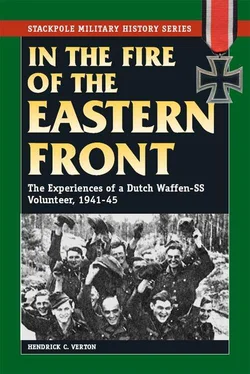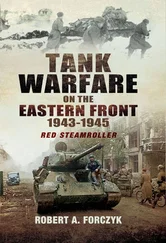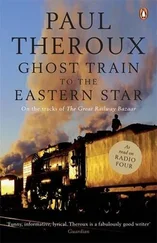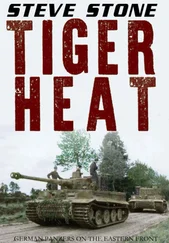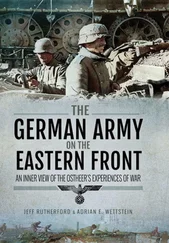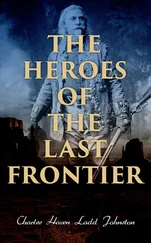Things were no better for their Air Force, the accent being on ‘air’ rather than on planes and weapons, which on paper, had the sum total of 130 aircraft, many obsolete. France in contrast, possessed nearly 1,000 fighters. A modernisation for their forces was decided upon, but as it turned out, far too late. Only a small percentage of the modernisation programme was achieved.
Because there were no volunteers, the conscripts, by drawing ‘lots’, were housed in uncomfortable and empty barracks for five and a half months, some not even possessing a canteen. The basic tasteless menu was cooked in the open air, in field kitchens or in cattle-feed stoves. The soldiers found their military education boring and without reason, their uniforms old-fashioned and impractical. All in all they were devoid of any sort of morale. They also had to cope with an unpopular image from the general public, being accused nastily of being ‘murderers’. Very strong anti-military groups demanded the dissolution of both Army and Navy. The active demonstrators displayed banners with a broken rifle, with the words “no men, and no money”, being their solution to the problem.
Only with the general mobilisation of 1939 did the government appeal to the brave defenders of their land to make sacrifices. It was much too late. Once more in gear, the training unfolded, but nowhere was there to be seen any hint of the expected and wished for military effect. Both the government and the army reckoned on the military help of both France and Britain, when it came to the crunch.
Till then the 300,000 strong Dutch Army would take up their positions behind ‘the waterline’. Always their enemy, water was about to be their saving grace. The ‘waterline’ plan was designed to hinder any entry into their land by flooding the canals to a height of 50cm on the water-gauge. That would make them invisible, and thus ideal traps for tanks. They would be too low for the passage of amphibious vehicles and boats. Amsterdam, Utrecht, Rotterdam and the Hague were the most populated and important areas, making up Holiand’s ‘fortress’. The cities would receive the maximum defence that such a plan could give. Concrete bunkers were manufactured and erected as quickly as possible, from Ijsselmeer to the south-west of the land. Many miles of barbed wire and trenches were to be seen in the rolling countryside, time however, not allowing for their camouflage. The bunkers were therefore noticeable for miles around, naked of trees, banks or bushes.
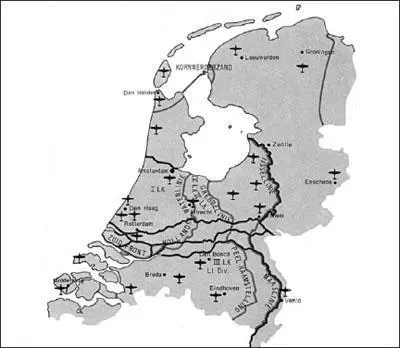
The Dutch defensive system
That was not the only problem with the plan. In various areas fruit plantations hindered the rotating barrels of the stationary weapons of defence. The government refused permission for the felling of the fruit trees because the compensation for their owners had not been calculated into their defence budget.
Returning to the situation on Germany’s easterly borders, Hitler’s demands began to take shape, with the non-aggression pact with Russia. However, his patience with the blindly chauvinist Polish attitude, that had been strengthened by support from France and Britain, was wearing very thin. He demanded a referendum under an international guarantee for the ‘corridor’ area. The advantages in solving the ‘Macedonian situation’ representing a ‘continued peace’ not only for Germany, but for the whole of Europe, being his personal view. Negotiations therefore criss-crossed with breathtaking speed between East and West in the last, politically heated, days of August.
On 29 August 1939 there were alarming news reports of strong rioting in Poland aimed at German nationals. London warned Warsaw to stop using weapons aimed against the increasing numbers of refugees wanting to leave the land. On the same day the hypocritical British negotiations were welcomed and accepted by the Germans. They failed due to Poland’s stubbornness and Hitler’s impatience. The Polish Ambassador in Berlin explained that he had no authority to act, apart from obeying instructions from his government that he was ‘not to enter into discussion’. It was a fatal mistake.
The dice between war and peace had now been thrown. It was on 1 September that fifty-four German divisions, supported by two squadrons of planes, marched over the Polish border. True, that portion of the German Army was not expecting to be there for a long-term war. According to their estimation, it would not come to that. But at 10 am, Hitler announced to his government in Berlin, that Polish troops had begun their attack at 5.45. The same morning, Germany had returned their fire, with a ‘bomb-for-bomb’ tactic. The ‘local’ war between two countries then extended at an alarming rate.
3 September was a lovely sunny Sunday. It was the day that France and Britain declared war on Germany. They created world tension from a central European quarrel into which they drew their forces from their colonies. After twenty years of peace, the Second World War now sprouted from the roots of 1914 to 1918, the First World War.
From the beginning, the two million strong Polish Army suffered very heavy losses. However, this did not give the western powers second thoughts. In the first twenty-four hours, the Polish air force was practically destroyed on the ground, the whole German air force making a massive lightning attack which was like a hot knife cutting through butter. Poland’s cavalry, with 70,000 riders including the death-defying Uhlans, who had wanted to push Germany’s ‘cardboard tanks back to Berlin’s door with their lances’, had also been destroyed. Their remnants were marching ‘to Berlin’s door’, as prisoners.
One cannot say that the success was due to overwhelming numbers. It was all due to co-ordination and co-operation of the motorised armed forces and air force, together with the impetus of the German soldier. It baffled the world. It had also given the field-grey uniformed and élite troops the Leibstandarte, i.e. LAH, their ‘baptism of fire’. Those ‘long lads’ of the Waffen SS fought in death-defying style, in bold and sweeping attacks. With tough fighting, they pushed the enemy back over Lodz to Warsaw. At the end of the fighting, a Wehrmacht General commented that “the LAH had been an example, as a young unit”, but had to add, “despite their go-getting, unabashed élan, they had suffered heavy losses”.
Three days after the outbreak of war, the German population of Bromberg had to live through the day of the ‘Bartholomew March’. That event has been described as ‘Bloody Sunday’ in the annals of history. The German troops found over 5,000 bodies, whole or hacked to pieces, on the streets, in houses, gardens and in the woods. The indescribable barbarity was not for publication, declared the Swedish newspaper Christa Jäderland. This was not the only case. Polish military and civilian murder commandos, and other lynch mobs, took the law into their own hands in other areas, and thousands of innocent people lost their lives.
Three weeks later, the fighting in the Vistula bend was coming to an end and hundreds of thousands of Polish soldiers found themselves prisoners of war. It was 25 September when Poland’s fate was almost decided, that German troops marched on Warsaw. Radio messages, sent over two days, ordered the city to be given over to the German Military who offered free passage to the whole civilian population that wanted to leave Warsaw, in order to avoid unnecessary bloodshed for the innocent. German troops moved forward with less opposition, but Polish commanders were still waiting for the promised help from France and Britain. It was help that never came. The Poles received only comforting words, for what was already a lost cause. Warsaw, defended from an entire army with a strength of only 100,000 men, was attacked on the ground and from the air. Two days later, the whole army surrendered.
Читать дальше
